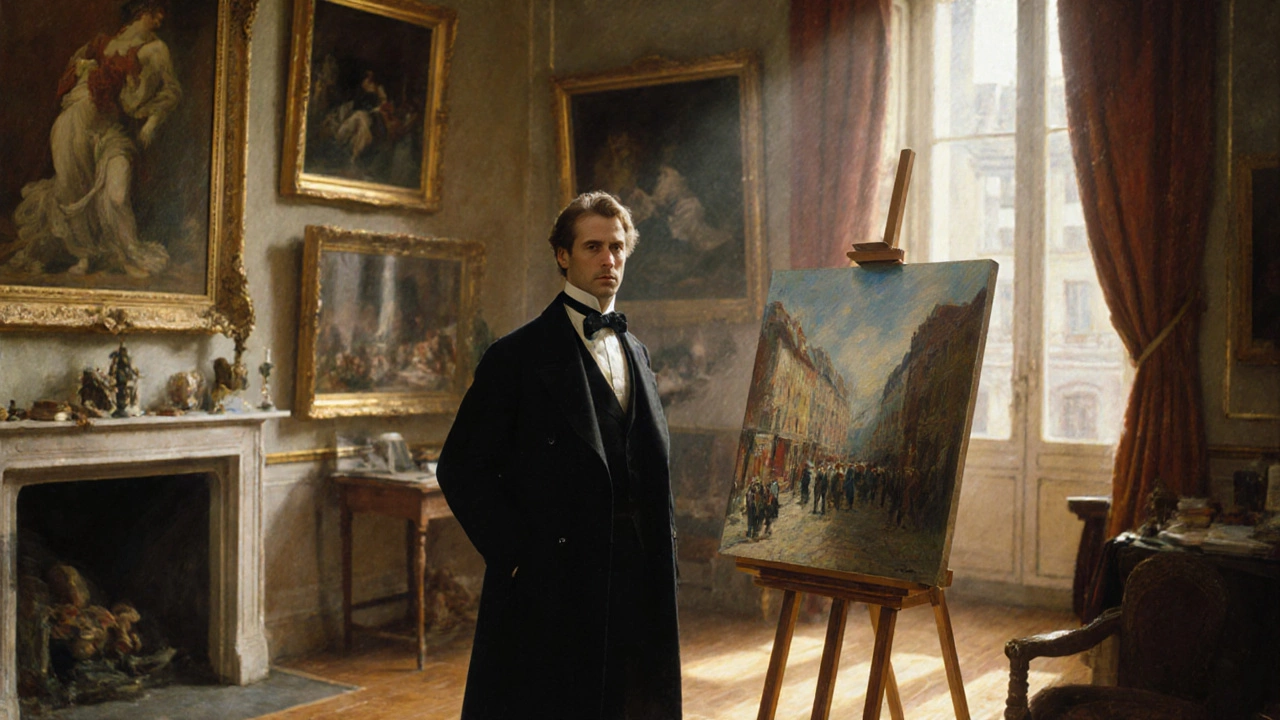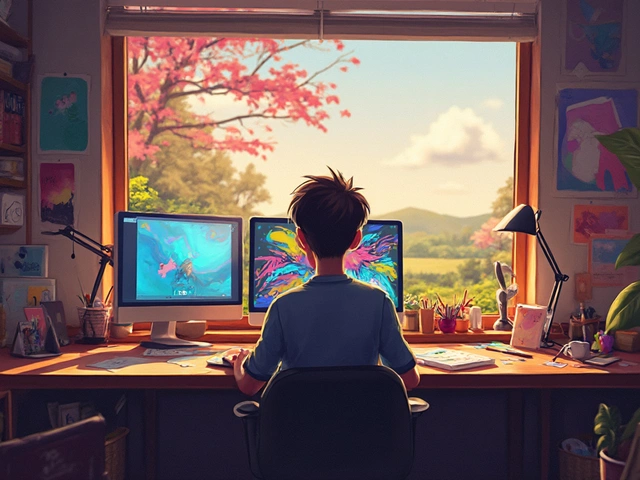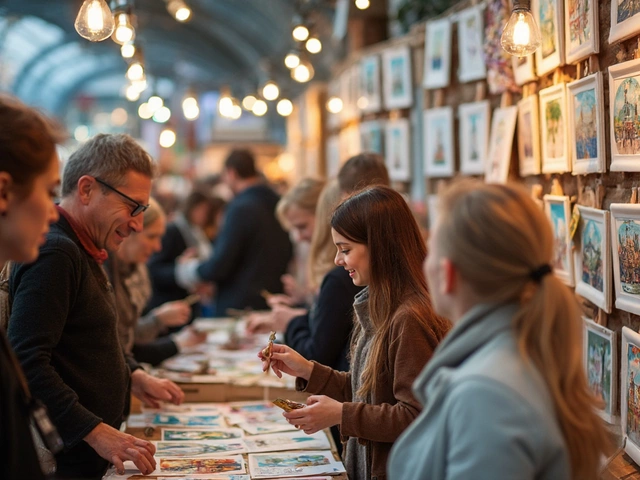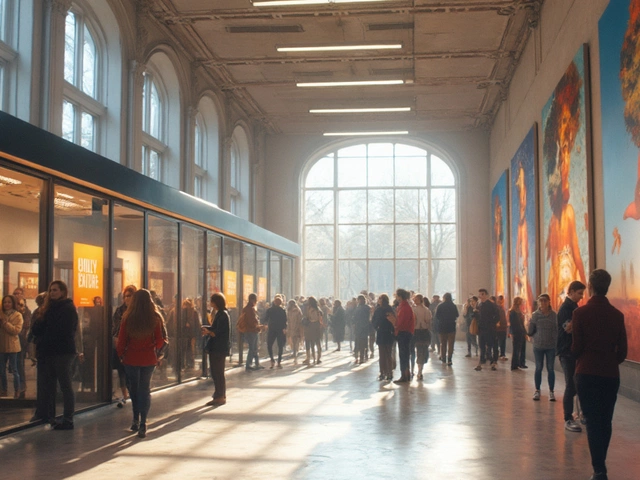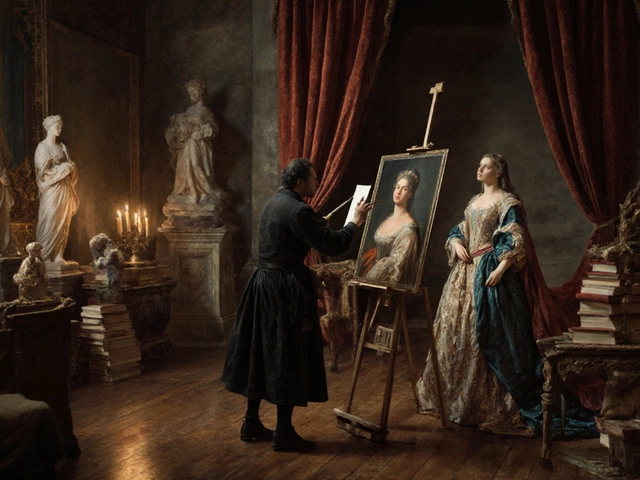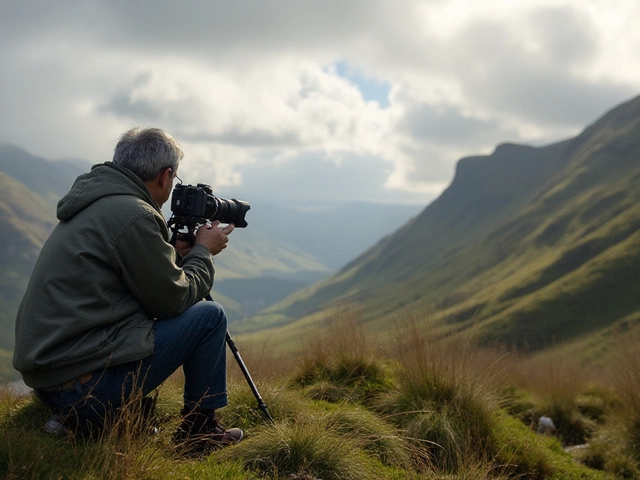First Modern Artist: Exploring the Pioneers of Modern Art
When talking about a first modern artist, the creator who first broke away from academic traditions to forge a new visual language. Also known as the early modernist, this figure set the stage for what we now call modern art, art made after the late 19th century that rejects strict realism in favor of experimentation. The shift wasn’t just about new styles; it required fresh materials, novel studio practices, and a willingness to challenge the art market’s expectations. In short, the first modern artist reshaped how we think about painting, sculpture, and even the business of art.
How Early Abstract Art Emerged from the First Modernist Vision
One direct off‑shoot of that breakthrough is abstract art, a visual language that emphasizes shape, color, and gesture over realistic representation. The first modern artist’s experiments with color fields and simplified forms laid the groundwork for later abstract pioneers. For example, the move from detailed portraiture to bold, non‑representational canvases shows a clear semantic link: first modern artist → abstract art. Understanding this lineage helps readers see why a Van Gogh study can feel abstract even though it’s rooted in post‑impressionism. The abstract turn also nudged galleries to create new exhibition spaces, a trend still evident in today’s contemporary shows.
Beyond painting, the early modernist spirit spilled into three‑dimensional work. Sculpture, the art of shaping materials like stone, metal, or wood into three‑dimensional forms became a playground for those first modern artists who wanted to break the flatness of the canvas. By using unconventional materials and embracing abstraction in volume, sculptors created pieces that occupied space while questioning traditional figurative expectations. This relationship can be expressed as: first modern artist requires sculpture techniques that defy realism. Modern sculptors still cite these early experiments when they talk about hyperrealistic versus conceptual works, showing the lasting impact of that initial shift.
Portrait painting, a genre long dominated by realism, also felt the ripple. portrait painting, the practice of depicting a person’s likeness, character, and mood on a two‑dimensional surface evolved as early modernists introduced loose brushwork and daring color choices. The first modern artist’s willingness to distort proportion or use expressive lighting opened the door for contemporary portraitists who blend realism with abstraction. Here’s another triple: first modern artist influences portrait painting techniques. The result is a vibrant field where artists balance accurate likeness with emotional resonance, a balance first explored over a century ago.
All these threads—abstract art, sculpture, portrait painting—feed into what we now label contemporary art, art made today that often builds on modernist ideas while integrating new media and cultural commentary. The first modern artist’s legacy is a living conversation: contemporary creators borrow the boldness of early abstraction, the material daring of modern sculpture, and the expressive freedom in portraiture. That ongoing dialogue is why the term first modern artist still pops up in gallery talks, art history classes, and pricing guides for portrait commissions. It’s also why our collection below covers topics from realistic sculpture terminology to pricing portrait paintings, giving you the tools to trace that historic line.
Ready to dive deeper? Below you’ll find articles that dissect realistic sculpture vocab, explore the grisaille technique, compare painting surfaces, and even explain why contemporary art can look deceptively simple. Each piece ties back to the pioneering mindset of the first modern artist, helping you see how past innovations shape today’s creative decisions.
Who Is Considered the First Modern Artist? - Answer and History
Discover why Édouard Manet is recognized as the first modern artist, his groundbreaking works, and how he reshaped art history.
Continue Reading